tt.basys3.zip
BASYS3
======
Materialien und Projekte für Basys3 Demoboard und Vivado
(kner2018)
Xilinx Basys2
http://www.digilentinc.com/Products/Detail.cfm?NavPath=2,400,790&Prod=BASYS2
Das FPGA Entwicklungssystem der Abteilung Elektronik
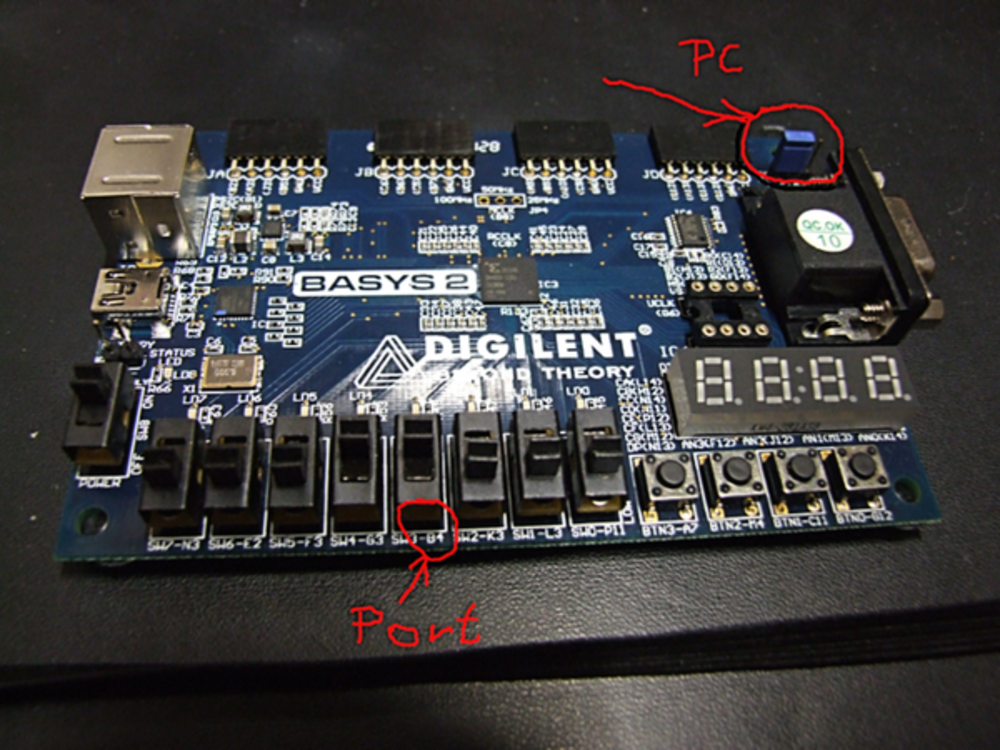
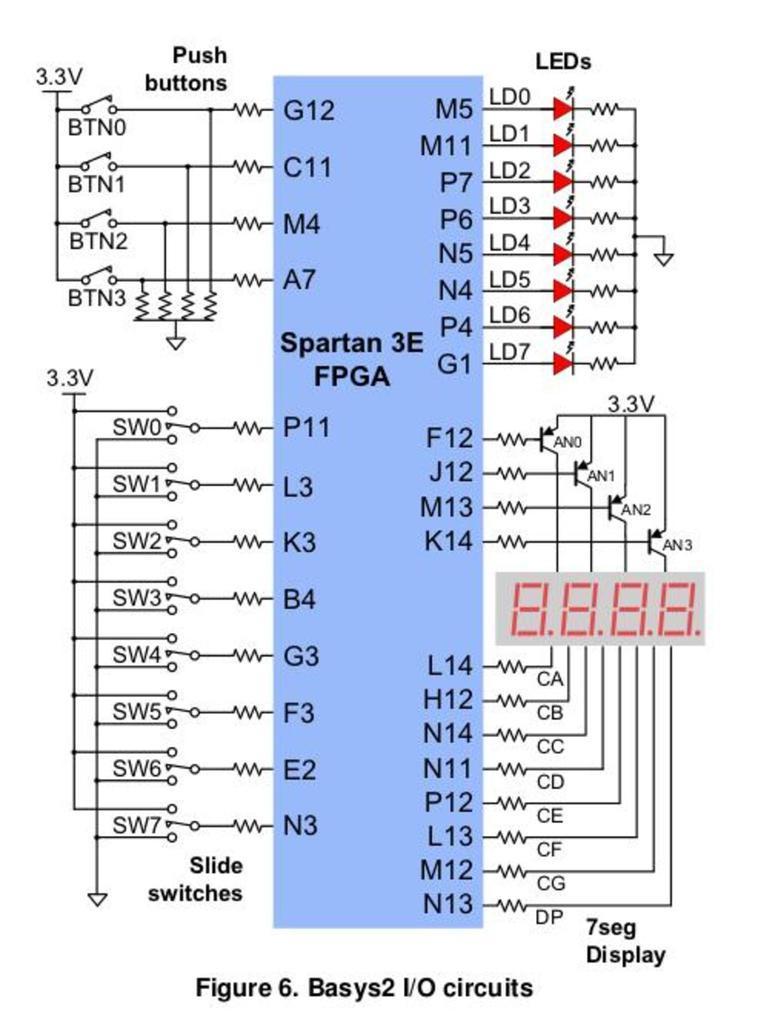
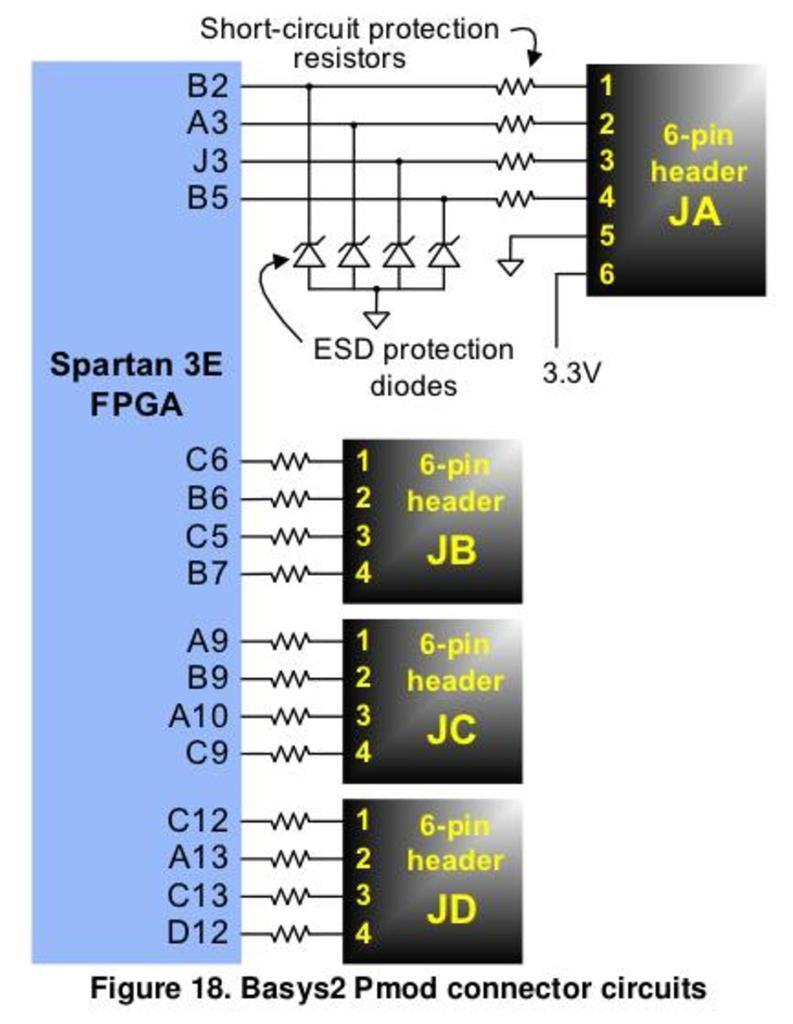
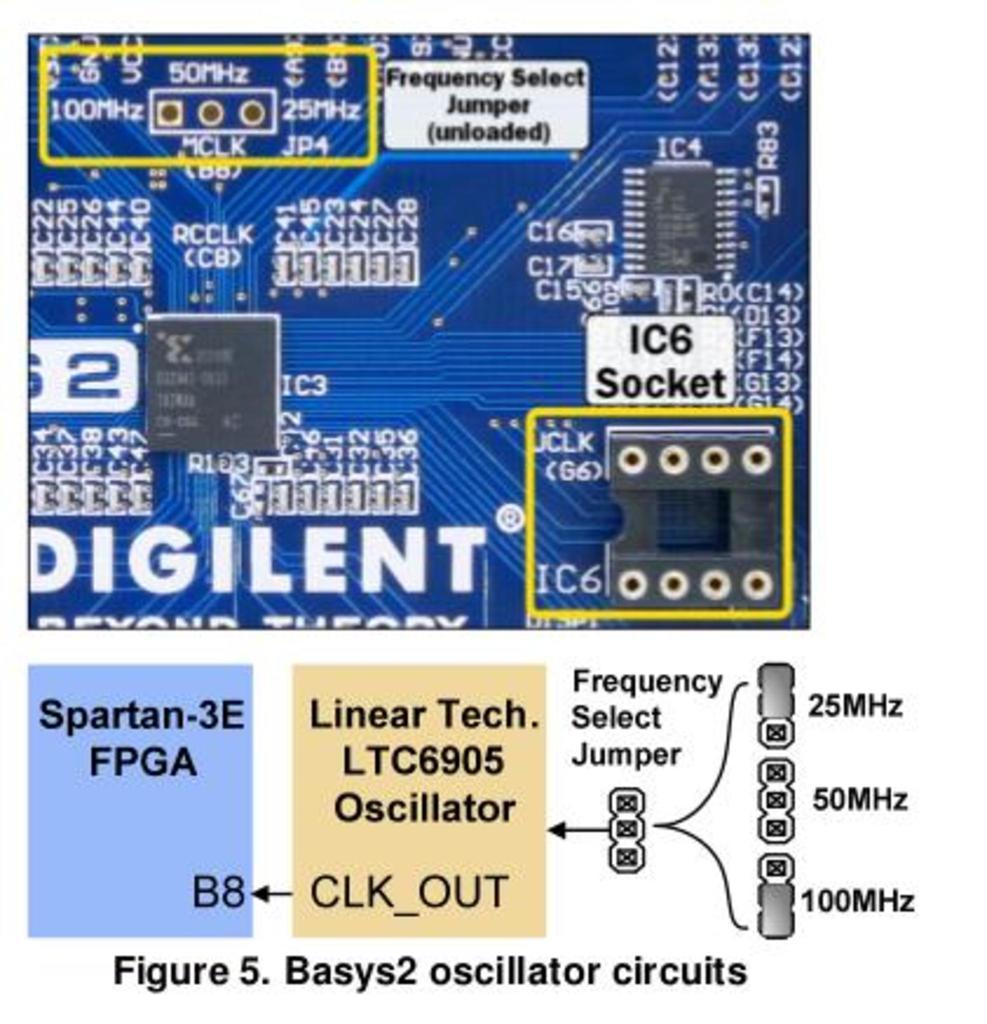
Inbetriebnahme
Das Board kann im RAM- oder im ROM-Modus betrieben werden; für unsere Übungen verwenden wir RAM-Modus (d.h. nach Stromausschalten sind ist das FPGA gelöscht) ==> JP3 auf PC stellen
Kontrollieren, ob der Jumper JP3 auf PC gestellt ist
USB-Kabel anstecken
ON/OFF Schalter einschalten
mit ADEPT2 das BIT-File einprogrammieren
Das Board funktioniert sowohl unter Win als auch unter Linux (Adept2 Software von Digilent) http://www.digilentinc.com/Products/Detail.cfm?Prod=ADEPT2
Adept2 auf Linux
ACHTUNG! Beim Erzeugen des Bitstromes muss auf JTAG-Clock umgestellt werden!
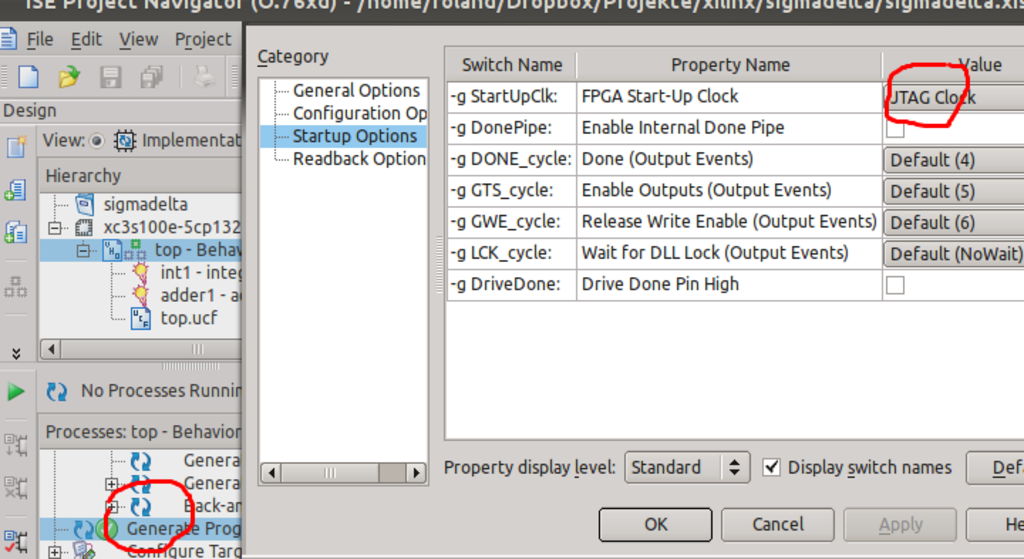
$ djtgcfg enum
Enumerate all devices in the device table and all devices
connected to the system.
$ djtgcfg init -d Basys2
Display target devces in the JTAG scan chain of a connected
Basys2 board.
$ djtgcfg prog -d Basys2 --index 0 --file config.bit
Program the JTAG device at index 0, on the connected Basys2
board, with the configuration from the config.bit file.
$ djtgcfg erase -d Basys2 --index 1
Erase the JTAG device at index 1 on the connected Basys2
board.
$ djtgcfg loop -d Basys2 --index 1 --count 1000
Loop the IDCODE of the JTAG device at index 1 of a connected
Basys2 board 1000 times. 







